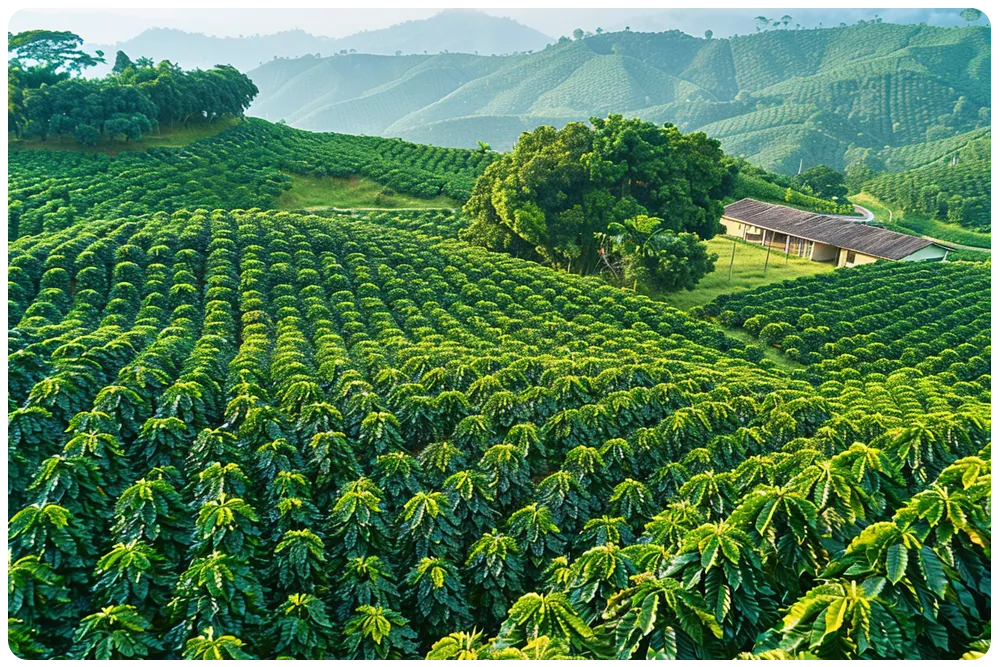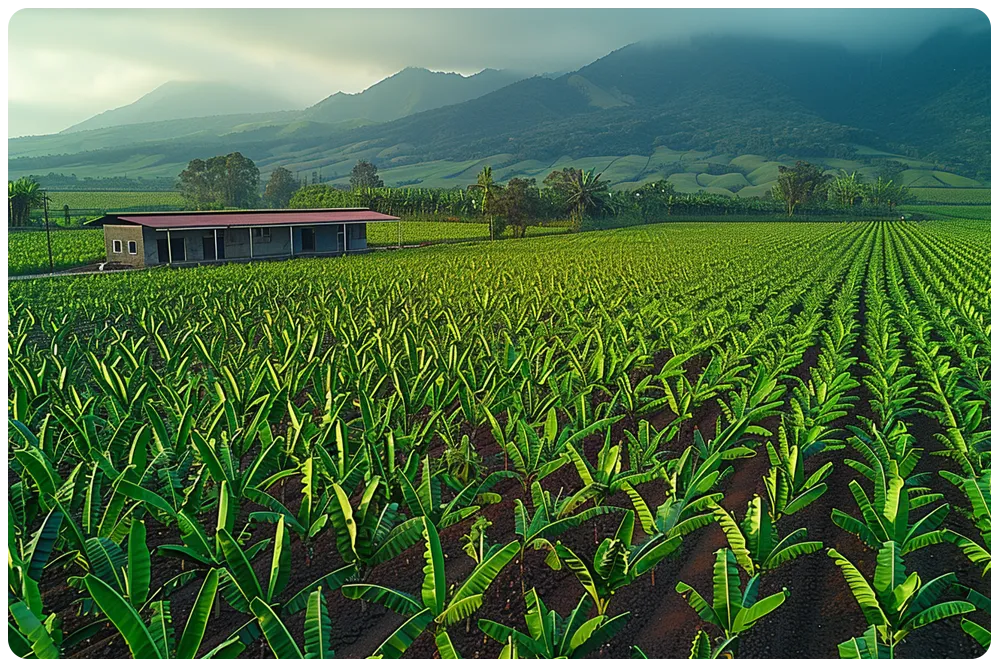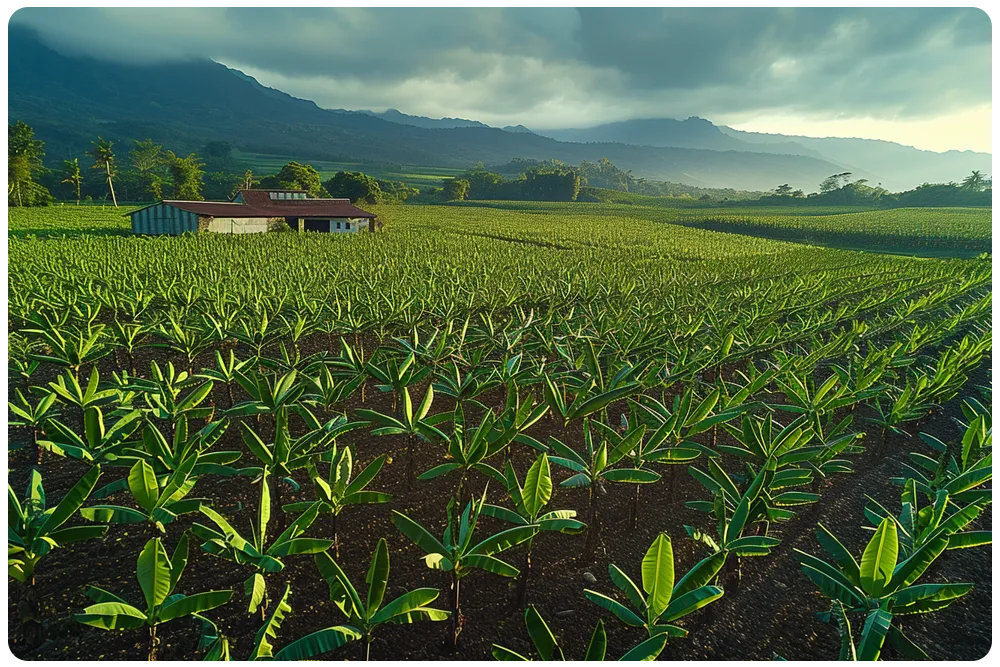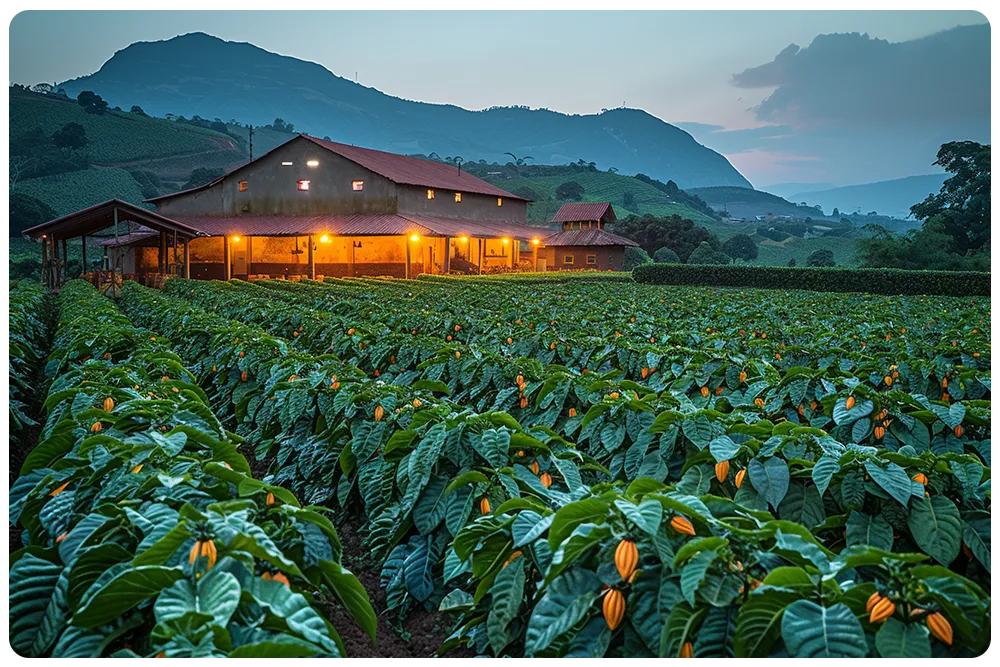Explore our comprehensive guide on drone compatibility with your farm. Learn how drone technology optimizes farming and crop production, improving overall farm management efficiency.
Welcome to Drone Farm
We offer a comprehensive range of agricultural drone services. With years of experience, we’ve harnessed our expertise to deliver high-quality services to our clients. Our team provides full support at every stage. Choose us for top-tier Drone Farming experiences!

Contents
- 1. Is your farm suitable for drone usage?
- 2. Establishing drone compatibility with farm equipment
- 3. Consider drone performance under farm conditions
- 4. What type of drone suits your farm?
- 5. Evaluating potential drone farming providers

1. Is your farm suitable for drone usage?
Welcome to your comprehensive guide on assessing the suitability of drone applications on your farm! A question often asked is about ensuring compatibility of drone usage with a specific location, answering that requires careful consideration of various factors.
The Type of Your Farm
Initially, the type of farm you operate will determine the applicability of drone usage. Let’s combine theory with facts, therefore we delve into these points:
- Crop Farms: Utilizing a drone outfitted with multispectral sensors can help in detecting plant stress, irrigation issues, and optimize fertilizer usage.
- Livestock Farms: Applying drones equipped with thermal imaging, one can monitor cattle, identify missing animals, and detect predators, therefore enhancing livestock safety.
- Mixed Farms: On farms consisting of both crops and livestock, agricultural drones truly shine. They can accomplish a variety of tasks ranging from crop surveying to animal monitoring.
The Size of Your Farm
The size of your farmland is another determinant in applying drone technology. Large farms tend to benefit the most from using drones, given their ability to cover vast areas quickly and effectively. However, smaller farms can also benefit, especially when precision agriculture is in play.
Determining Your Needs
Perhaps, the most crucial factor in deciding the compatibility of drone technology with your farm is your specific need. Answering the following questions might provide clearer insights:
- Do you experience problems in crop yield due to undetected disease or inadequate fertilization?
- Are you struggling to effectively manage your livestock?
- Would you like to optimize your watering regime?
- Is overseeing the large expanse of your farm time-consuming and tedious?
Should you find the response to any of these queries tilting towards affirmative, considering drone technology could potentially be a solution. At the end of the day, you are the only one who can truly decide whether your farm’s characteristics align perfectly with drone usage.
In essence, the decision of integrating a drone into your farming operations revolves around your specific operational needs, the nature of your farm, and its size. A thorough consideration of these aspects will undoubtedly guide you to make an informed decision about the compatibility of drone usage on your farm.
2. Establishing drone compatibility with farm equipment
Establishing drone compatibility with farm equipment
As a component of the agro-technical sector’s progression, the agricultural drone is gaining traction for its varied applications in farming and crop management. Whether it’s optimizing crop production or identifying signs of crop illness, the drone has emerged as a potent tool in the farmer’s arsenal. Before making a drone selection, however, it’s crucial to establish its compatibility with your current farm infrastructure and management strategies.
Benefits of effective compatibility include seamless data transfer, coherent remote control systems, and synchronization with other on-field machinery for a peak efficiency. Thus, there are several facets to consider when evaluating potential drone compatibility.
Assessing Technological Compatibility
As the first step, it’s crucial to ascertain whether the drone technology complements your existing farm equipment. This includes evaluating factors like communication protocols, software requirements, and whether the farm machinery supports autonomous drone operation.
Ensuring Operational Compatibility
In addition to the technical aspects, operational compatibility involves how well the drone fits into your existing farm management practices. This involves the ability of the drone to work jointly with other machines on your farm, not disrupting the workflow or causing hazards.
Data Compatibility
A crucial element significantly impacting the usability of a drone in your farming setup is how it handles data. Compatibility in this context means that data generated by the drone can be effectively used by your current agricultural systems, including software for tracking growth patterns, identifying crop illnesses, and monitoring yield quality.
Picking the Right Provider
Choosing a drone farming provider capable of ensuring compatibility with your farm is key. Look for providers with a robust background in agricultural machinery, a deep understanding of farming operations, and proven experience in integrating drone technology.
Overall, the compatibility of a drone with your farmland equipment embodies practicality and efficiency. Choosing a drone that aligns with your farm setup allows for a smooth transition and a maximized return on your investment.


3. Consider drone performance under farm conditions
Consider Drone Performance under Farm Conditions
When it comes to taking your farming practices to new heights, choosing a drone that can hold its own under typical and even extreme farm conditions is critical. From altitude to adaptability, the factors that make a drone a viable tool for your farming cannot be overlooked.
The first crucial aspect to consider is its ability to brave the elements. Your chosen drone must exhibit resilience to weather changes, have an efficient wind resistance ability, and crucially, offer a reasonable uptime even in less-than-perfect conditions. The higher the drone’s uptime, the more valuable it will be for your farm management strategies.
The drone’s imaging technology is another influential factor. Equipped with the right technology, a drone can capture high-definition images and videos that can be used for crop health monitoring, disease detection, and yield estimation. With aerial surveillance, the drone provides a bird’s eye view of the farmland, facilitating real-time decisions.
Finally, a drone’s ease of operation and maintenance should also be taken into account. Given the demanding nature of the farming profession, the last thing you need is a agricultural drone that requires significant training and upkeep. A user-friendly interface, automated flight paths, and straightforward maintenance requirements can go a long way in streamlining your farming operations.
Ensuring Drone Compatibility with Your Farm
Now, once you have examined the individual performance characteristics of the drone, the next step is to verify its compatibility with your specific farming objectives. This includes examining its ability to integrate with farm management software or applications that you may use.
Important considerations here revolve around data handling – the drone should not only collect precise data but also be able to transmit it seamlessly to your software solution. This allows for easy analysis and execution of necessary actions to enhance your farm’s productivity.
In conclusion, the selection of a suitable agricultural drone is a nuanced process that requires careful evaluation. By considering the drone’s performance and compatibility, a farmer can leverage drone technology to its maximum potential, revolutionizing farming practices and greatly enhancing crop yields.
4. What type of drone suits your farm?
As an informative platform for agricultural drone technology, we aim to guide you towards the optimal drone solution for your needs to increase crop production and boost farm management. Selecting the correct drone tailored to your land and its specific requirements will drastically enhance efficiency and ease the daily operations of your farm. Thus, it is crucial to determine which drone type is most suitable for your farm’s landscape and agricultural pursuits.
Understanding the Different Types of Agricultural Drones
In the realm of agrarian drone technology, there are three main types that have paved their way into common usage: fixed-wing drones, multi-rotor drones, and hybrid drones.- Fixed-Wing Drones: These drones are commonly used for mapping large plots of land, due to their capability of covering large distances at high speeds. As they cannot hover or make sharp turns, these are ideal for farms with vast and flat terrains.
- Multi-Rotor Drones: These drones offer high maneuverability and the ability to hover, making them perfect for detailed surveying. They are the recommended choice for smaller farms with uneven terrains or sophisticated crop designs.
- Hybrid Drones: These drones incorporate the strengths of the above two types, making them capable of both extended coverage and detailed surveying. Larger farms with diverse landscapes could consider this option.
Identifying Your Farm’s Requirements
It’s not enough to simply select a drone based on its features; it’s essential to derive the relevance of those features in accordance to your farmland and its unique demands. For instance, consider the terrain, the size of your farm, the crops you grow, and how minutely you require your surveys to be.To effectively identify any crop illness in the early stages and take remedial action, a drone equipped with advanced sensors, high-resolution cameras, and infrared technology would provide immense value. The utilization of such a drone can help pre-determine the health of your crops, giving you ample time to minimize the impact of any detected illnesses.Perfecting Your Drone’s Integration
Lastly, compatibility plays a key role in guaranteeing that your chosen drone will fulfill its assigned tasks effectively and efficiently. It is essential that your drone can smoothly interlace with your established farming management system, ensuring you reap the full benefits of what drone technology has to offer.When seeking the right provider, ensure they offer comprehensive post-purchase support to tackle any compatibility issues or technical complications that might arise.Ultimately, the goal is to enhance your farm’s productivity through the efficient use of drone technology. Adopting a drone that meets the demands of your farm’s geographical landscape, crop type, and surveying needs will result in a transformational impact on your farming operations. Your agricultural drone, when well-chosen, becomes an indispensable tool in propelling your farm towards profitability and self-sustainability.
